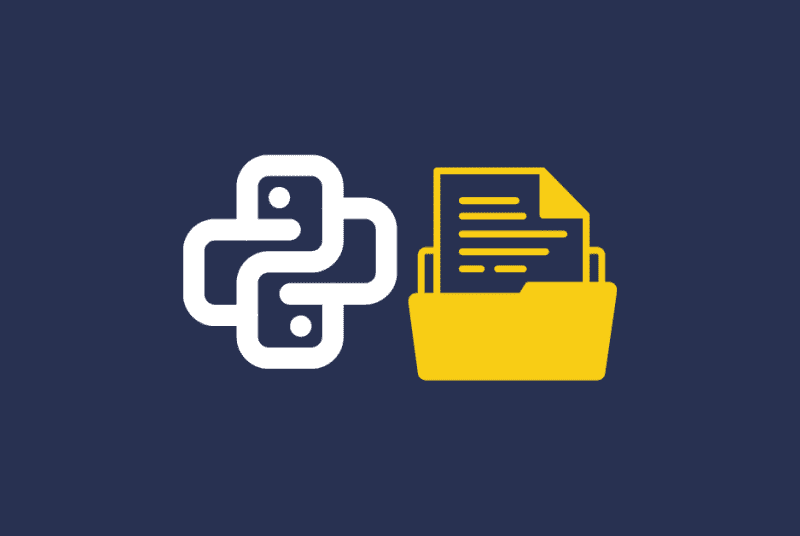
Why Python function style is simple?
Delve into the elegance and simplicity of Python function syntax, setting it apart from its counterparts in other programming languages. As we embark on this exploration, we uncover the beauty of Python’s approach to defining and utilizing functions, showcasing its intuitive design and readability. From concise parameter handling to the absence of complex syntax rules, Python offers a refreshing experience for programmers seeking clarity and efficiency in their code. Join us as we unravel the intricacies of Python functions, celebrating their simplicity as a testament to Python’s philosophy of readability and simplicity.
Faisal Zamir Python tutorials
Faisal Zamir’s decision to write a post on the simplicity of Python function syntax stems from his extensive experience in teaching Python on platforms like Udemy, as well as his contributions to the blogging community.

With a deep understanding of Python’s nuances gained through years of teaching, Faisal recognizes the significance of sharing insights into Python’s elegant syntax. His comprehensive tutorials, hosted on his blog PythonProSupport, serve as a testament to his commitment to educating aspiring programmers.
By distilling his expertise into a single article, Faisal aims to empower learners with a deeper understanding of Python’s simplicity, paving the way for their programming journey with confidence and clarity.
Function Definition:
A Python function is a block of reusable code that performs a specific task. It typically takes inputs, performs operations, and returns outputs.
Three-line Explanation:
Functions in Python are defined using the “def” keyword followed by the function name and parentheses containing parameters (if any). The function body is then indented and consists of the code to be executed. Finally, the “return” statement (if used) specifies the value to be returned from the function.
Syntax:
def function_name(parameters):
# Function body
# Code to be executed
return value
Example:
def add_numbers(a, b):
return a + b
Example Explanation:
In this example, we define a function named “add_numbers” that takes two parameters “a” and “b”. Inside the function body, we add the values of “a” and “b” using the “+” operator and return the result. When the function is called with arguments (e.g., add_numbers(3, 5)), it will return the sum of the two numbers (in this case, 8).
Why Faisal Zamir Instructor for Python Learning
Learning Python programming from Faisal Zamir holds significance due to his expertise and contributions in the field. Faisal’s authored Python tutorials articles offer a unique blend of clarity, depth, and practicality, making them invaluable resources for learners.
His extensive experience as an instructor on platforms like Udemy reflects his ability to convey complex concepts in a clear and accessible manner. By leveraging Faisal’s tutorials, learners benefit from a structured learning path, insightful explanations, and hands-on examples.
Faisal’s commitment to providing high-quality educational content ensures that learners receive comprehensive guidance, empowering them to master Python programming effectively and efficiently.
Reasons you have to learn Python from Faisal Zamir
Here are some highlighted points on why learning Python programming from Faisal Zamir and his tutorials articles is beneficial:
Expertise: Faisal Zamir possesses extensive expertise in Python programming, gained through years of teaching experience on platforms like Udemy.
Clear and Accessible: Faisal’s tutorials articles are known for their clarity and accessibility, making complex concepts easy to understand for learners at all levels.
Structured Learning: Faisal provides a structured learning path in his tutorials, guiding learners through fundamental concepts to more advanced topics in a logical progression.
Practical Examples: Faisal incorporates practical examples and hands-on exercises in his tutorials, allowing learners to apply what they’ve learned in real-world scenarios.
Comprehensive Coverage: Faisal’s tutorials cover a wide range of Python topics, ensuring learners gain a comprehensive understanding of the language and its applications.
Insightful Explanations: Faisal offers insightful explanations and insights into Python programming concepts, helping learners grasp the underlying principles behind the code.
Engaging Teaching Style: Faisal’s engaging teaching style keeps learners motivated and engaged throughout the learning process, fostering a positive and productive learning experience.
Community Support: Faisal’s tutorials articles are backed by a supportive community of learners, where individuals can share their experiences, ask questions, and collaborate with others on their Python journey.
Continued Learning: Faisal’s commitment to education extends beyond his tutorials articles, offering learners opportunities for continued learning and growth in the field of Python programming.
Overall, learning Python programming from Faisal Zamir’s tutorials articles provides learners with a solid foundation, practical skills, and the confidence to succeed in their Python journey.







